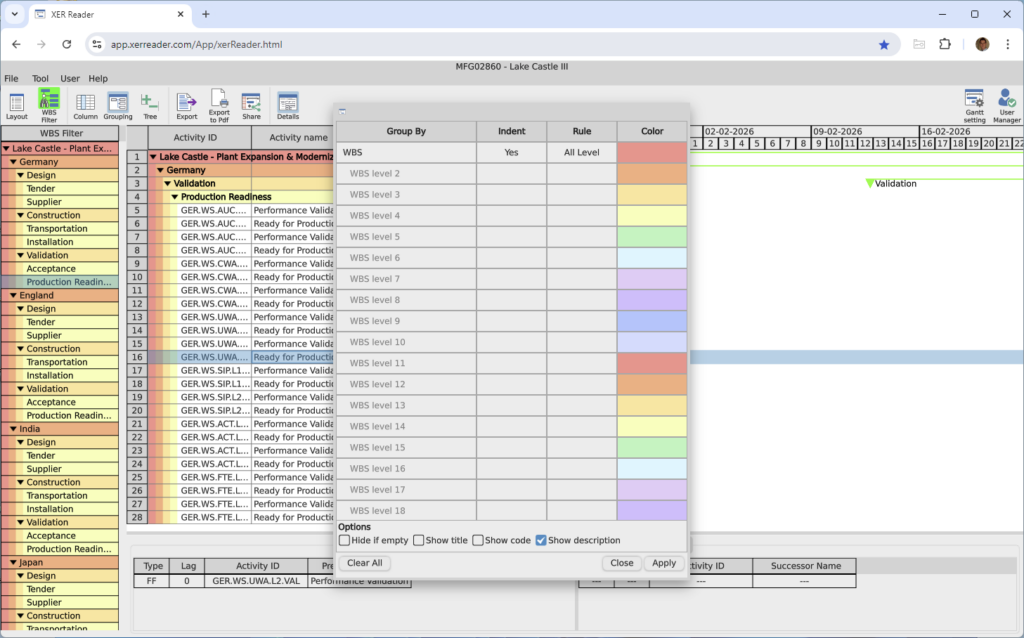The Ultimate Muscle Recovery Guide: How to Heal Quicker and Perform Better

Muscle recovery is a critical aspect of any fitness routine. As a professional athlete or a beginner, allowing your muscles to recover effectively enhances performance, prevents injury, and promotes overall well-being.
In this guide, we will outline the best muscle recovery techniques to ensure you get the most out of your workouts and remain at your peak physical performance. also, check Muscle & Gym for more articles.
Why Is Muscle Recovery So Important?
When you do physical exercises such as weightlifting, running, or HIIT workouts, your muscles experience small tears. Proper recovery allows these tears to heal, leading to muscle growth, strength gain, and improved endurance. Skipping recovery can cause fatigue, injury, and plateaus.
How Long Does Muscle Recovery Take?
Muscle recovery time varies depending on the intensity of your workout, your fitness level, and your overall health. Generally:
- Mild soreness from light workouts can recover within 24-48 hours.
- Moderate soreness from strength training may take 48-72 hours.
- Severe muscle strain may require a week or more of recovery time. Listening to your body and adjusting your workout intensity accordingly is essential.
Top Muscle Recovery Tactics
1. Get Quality Sleep
Sleep is the body’s natural recovery process. During deep sleep, your body releases growth hormones that repair muscle tissues. Get at least 7-9 hours of good quality sleep every night to have maximum recovery.
2. Hydrate
Water is needed for muscle function and repair. Dehydration slows down recovery and leads to muscle cramps. Drink lots of water throughout the day, especially after intense training.
3. Nutrition for Recovery
Your diet plays an important part in how quickly your muscles recover. Keep an eye out for important nutrients for muscle recovery:
Protein: To fix muscles (chicken, fish, eggs, plant proteins)
Carbohydrates: Refilling glycogen (whole grains, fruit, vegetables)
Healthy Fats: Anti-inflammatories (avocados, nuts, olive oil)
Antioxidants: They speed up recovery (berries, leafy greens, turmeric)
Electrolytes: For muscle function and hydration (bananas, coconut water, spinach)
4. Incorporate Active Recovery
Low-intensity training such as walking, yoga, or stretching improves blood circulation, relaxes tight muscles, and promotes faster recovery. Active recovery avoids stiffness and improves mobility.
5. Use Foam Rolling & Massage Therapy
Self-massage techniques, including foam rolling, release muscle tension and improve flexibility. Regular massage therapy also reduces soreness, improves circulation, and speeds up recovery time.
6. Use Cold and Heat Therapy
Alternating between cold baths (ice packs) and heat treatment (warm showers, heating pads) decreases inflammation and promotes blood flow to assist in recovery. Cold treatment decreases swelling, and heat relaxes tight muscles and improves flexibility.
7. Supplement Wisely
Supplement with:
BCAAs (Branched-Chain Amino Acids) – Reduces soreness and accelerates recovery
Creatine – Enhances muscle repair, strength, and energy creation
Omega-3 Fatty Acids – Fights inflammation and preserves joint health
Magnesium – Relaxes the muscles and stops cramps
Collagen – Supports connective tissue and joint health
8. Reduce Stress Levels
Too much stress can negatively impact on recovery by increasing cortisol levels, which can slow down the repair process. Meditation, deep breathing, and being mindful are a few things that can be practiced in order to reduce stress and support overall recovery.
9. Listen to Your Body
Overexertion without adequate recovery time may lead to overtraining syndrome, which causes chronic fatigue, weakened immune system, and decreased performance. Ensure that you balance exercise with adequate rest and recovery time.
Signs Your Muscles Need More Recovery Time
Watch out for these signs that indicate you need more rest:
Chronic soreness after 48 hours
Decreased performance or strength
Chronic fatigue or insomnia
Increased risk of injury or muscle strains
Lack of motivation or mental fatigue
Common Myths About Muscle Recovery
Myth 1: More Protein Equals Faster Recovery
While protein is essential for repairing, consuming excessive amounts won’t necessarily speed up recovery. A balanced diet with the right macronutrient ratio is key.
Myth 2: Pain Equals Progress
Experiencing some soreness after a workout is normal, but extreme pain can indicate overtraining or injury. Training smarter, not harder, is more effective.
Myth 3: Stretching Prevents Soreness
Stretching can help improve flexibility and reduce stiffness, but it does not completely prevent soreness. Active recovery and hydration play a more significant role in muscle repair.
Conclusion
Recovery of the muscle is equally important as your exercise regimen. Placing emphasis on sleep, hydration, diet, and recovery techniques will ensure enhanced muscle repair and function. Listen to your body, treat it well, and enjoy the benefits of long-term fitness.
Are You Ready to Supercharge Your Recovery?
Use these expert-approved techniques today and enjoy the benefits of rapid healing, increased endurance, and peak performance in your exercises!
to read more knowledgeable blogs visit Muscle & Gym










